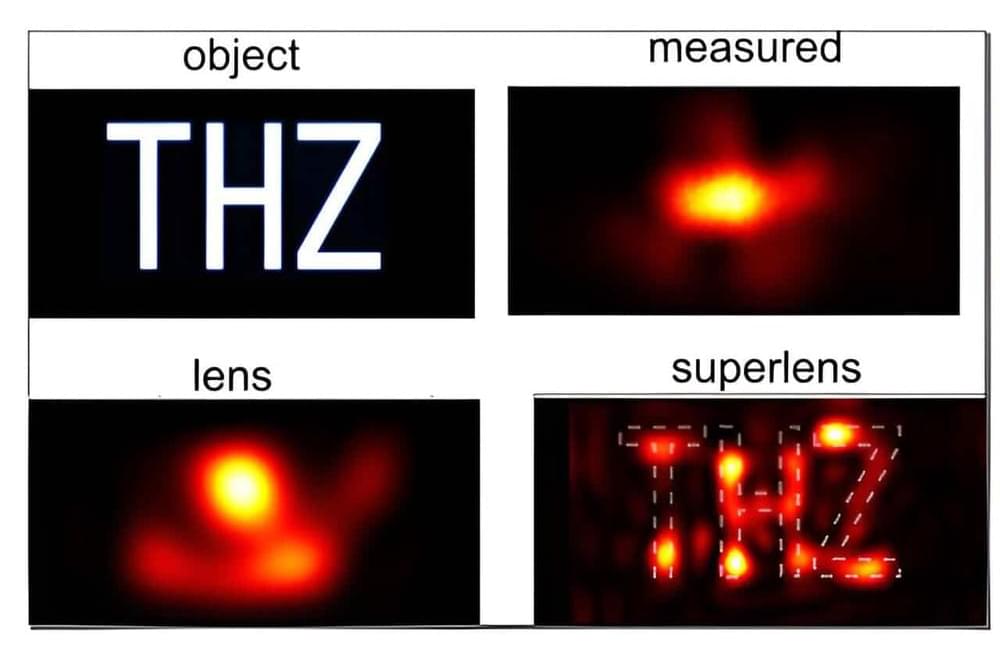Rethinking what and who we are.
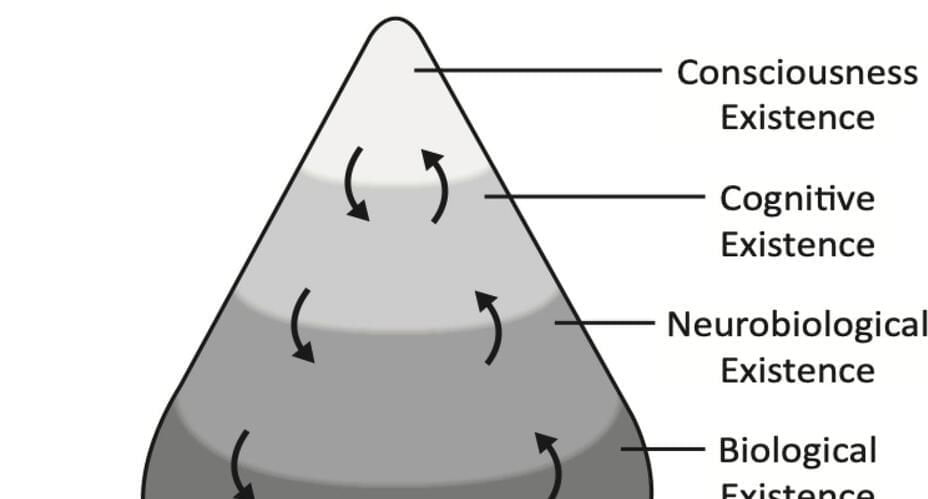


The company has engineered an all-electric vertical take-off and landing jet, designed to offer leading capacity, low noise, and high performance with zero operating emissions, to the note of ten million dollars.
A German electric aviation company, Lilium, is preparing to make a bold entry into the United States market with its Electric Vertical Takeoff and Landing (eVTOL) aircraft. The company announced its partnership with Texas-based full-service air brokerage and management company, EMCJET, to tap into the private jet market, in a statement.
Lilium.
Lilium envisions a zero emission future where elite travelers, including corporate executives and existing private jet owners, can seamlessly connect from their local airport to their destination, avoiding congested airspace and reducing their carbon footprint. “It’s a great helicopter replacement,” said the head of partnerships and network in Lilium’s US-based office, Matthew Broffman, to The Verge.
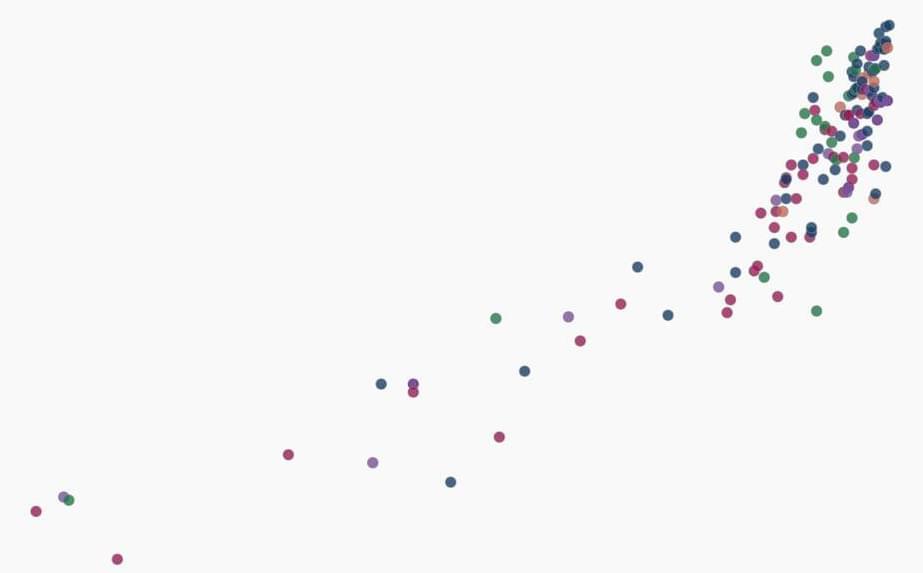

Geoscientists discovered a continent that had been hiding in plain sight for almost 375 years.
Historically, there’s been speculation about whether a continent known as Zealandia or Te Riu-a-Māui in the Māori language exists.
According to TN News, Zealandiais 1.89 million square miles in size. It was part of a supercontinent called Gondwana, which included most of Western Antarctica and Eastern Australia, over 500 million years ago.
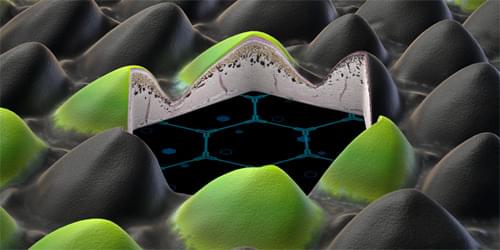

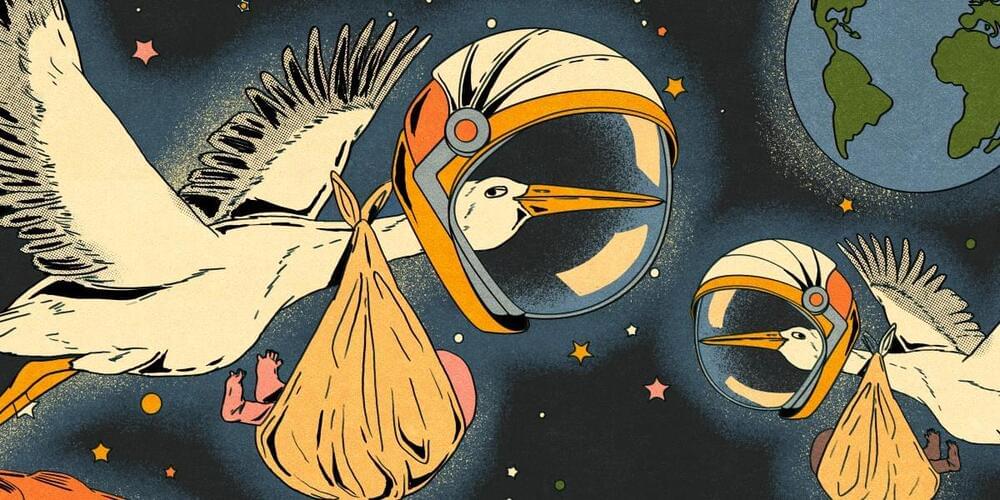
Now Edelbroek is CEO of SpaceBorn United, a biotech startup seeking to pioneer the study of human reproduction away from Earth. Next year, he plans to send a mini lab on a rocket into low Earth orbit, where in vitro fertilization, or IVF, will take place. If it succeeds, Edelbroek hopes his work could pave the way for future space settlements.
“Humanity needs a backup plan,” he says. “If you want to be a sustainable species, you want to be a multiplanetary species.”
Beyond future space colonies, there is also a more pressing need to understand the effects of space on the human reproductive system. No one has ever become pregnant in space—yet. But with the rise of space tourism, it’s likely that it will eventually happen one day. Edelbroek thinks we should be prepared.

While Meta hasn’t reinvented the category, it’s nailed the execution. But culturally, is the timing right for smart glasses?
I’m a smart glasses skeptic. Not because the technology is impossible but because I’ve tested several pairs and even dove deep into the category for a two-part mini-documentary a while back. So when I say I was impressed by the $299 Ray-Ban Meta smart glasses, it’s not just that mine came with rose-colored lenses.
To be clear, nothing about the Ray-Ban Meta smart glasses is revolutionary. The Google Glass Explorer Edition first introduced us to modern-day smart glasses in 2013. Several other companies, big and small, have since jumped on the bandwagon, including Snap, … More.
Still a novelty, but one that people might actually use.
